The Origin and Evolution of the Museum of Space History
The New Mexico Museum of Space History, located in the scenic city of Alamogordo, New Mexico, stands as a beacon of human achievement in space exploration.
The museum's inception dates back to October 5, 1976, when it was established under the guidance of former Alamogordo mayor Dwight Ohlinger.
Drawing inspiration from the National Baseball Hall of Fame and Museum in Cooperstown, New York, Ohlinger conceived a place where the significant accomplishments of the space program could be honored and conserved for the benefit of future generations.
The museum's journey mirrors the evolution of space exploration itself.
Initially christened the International Space Hall of Fame, the museum changed its name in 1987 to become the Space Center.
This change reflected the museum's expanding role in celebrating the past and educating the public about ongoing advancements in space exploration.
In 2001, the museum was renamed again to the New Mexico Museum of Space History.
This title encapsulates its mission to chronicle the history of space exploration and its impact on our lives.
The Exhibits and Collections
The Museum of Space History is a treasure trove of space artifacts and exhibits, each telling a unique story of humankind's journey to the stars.
The main building, a four-story structure, houses various exhibits that span the history of space exploration.
Visitors can marvel at mock-ups and training units of significant space artifacts such as satellites, the Space Shuttle, and the Apollo Lunar Module.
These exhibits provide a tangible connection to the history of space exploration, allowing visitors to get up close and personal with the tools and technology that have propelled humanity into the cosmos.
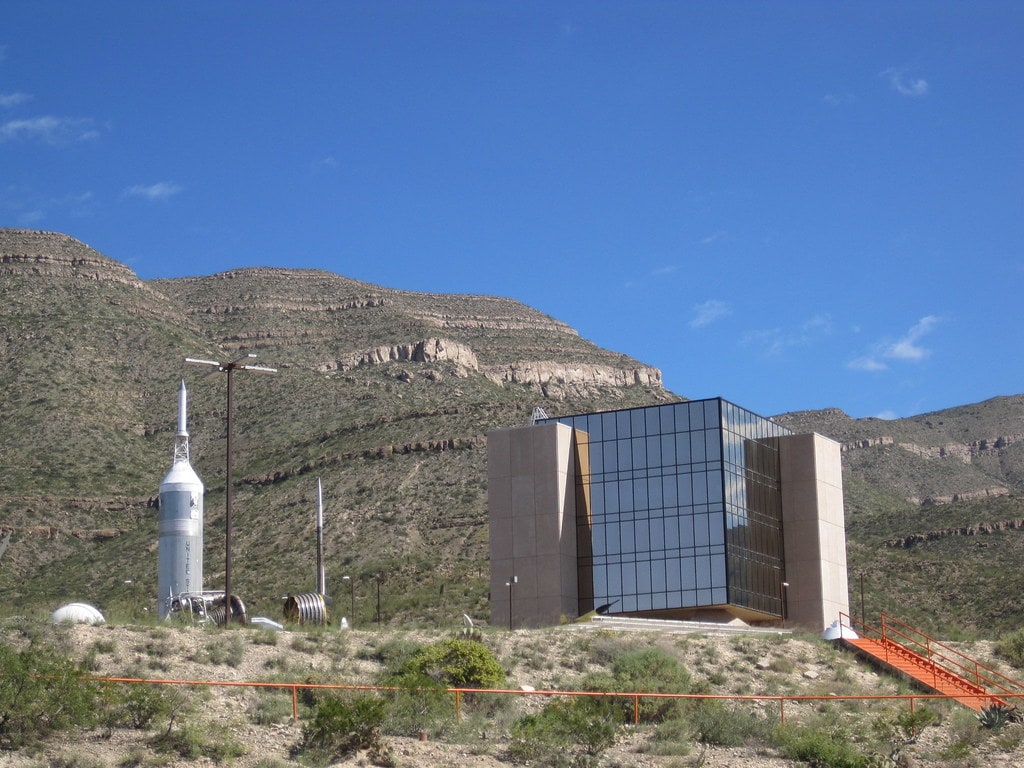
The museum's campus also includes several outlying buildings, each offering a unique perspective on space exploration.
The Clyde W. Tombaugh IMAX Theater and Planetarium, honored by the New Mexico inhabitant and Pluto's discoverer, provides visitors with captivating experiences virtually transporting them to the most distant corners of the cosmos.
Opened in the spring of 1991, the Hubbard Space Science Education Building is home to the museum's library, compact archives, and the offices of the curatorial staff.
This building is a hub of learning and research, providing resources for scholars and enthusiasts alike.
Outside, the John P. Stapp Air and Space Park showcases significant artifacts, including the Sonic Wind No. 1 rocket sled ridden by Stapp himself.
The Astronaut Memorial Garden, a tribute to the astronauts who tragically lost their lives in the Space Shuttle Challenger and Columbia disasters, is a solemn reminder of the inherent dangers and personal sacrifices associated with space exploration.
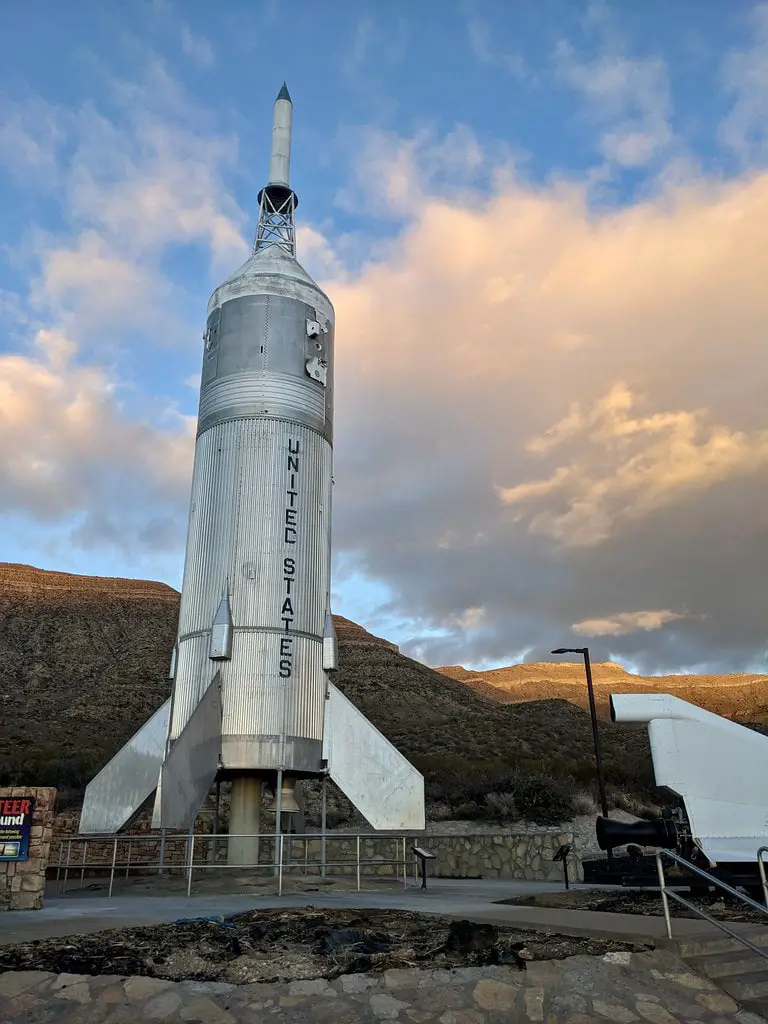
The Role of New Mexico in Space History
New Mexico has played a pivotal role in the U.S. space program, a fact that the Museum of Space History proudly highlights.
Among the most heart-touching tales is the story of Ham, the chimpanzee who, in 1961, earned the distinction of being the first great ape to journey into space.
Ham's final resting place is at the museum, in front of the flagpoles, serving as a testament to the early days of space exploration when the unknown risks made animal test subjects necessary.
In addition to Ham's story, the museum chronicles New Mexico's rocketry and space technology contributions.
The state was home to Robert H. Goddard, the father of modern rocketry, and the museum houses several exhibits dedicated to his work.
The museum also highlights the role of the White Sands Missile Range in testing and developing rockets and missiles that have been instrumental in the U.S. space program.
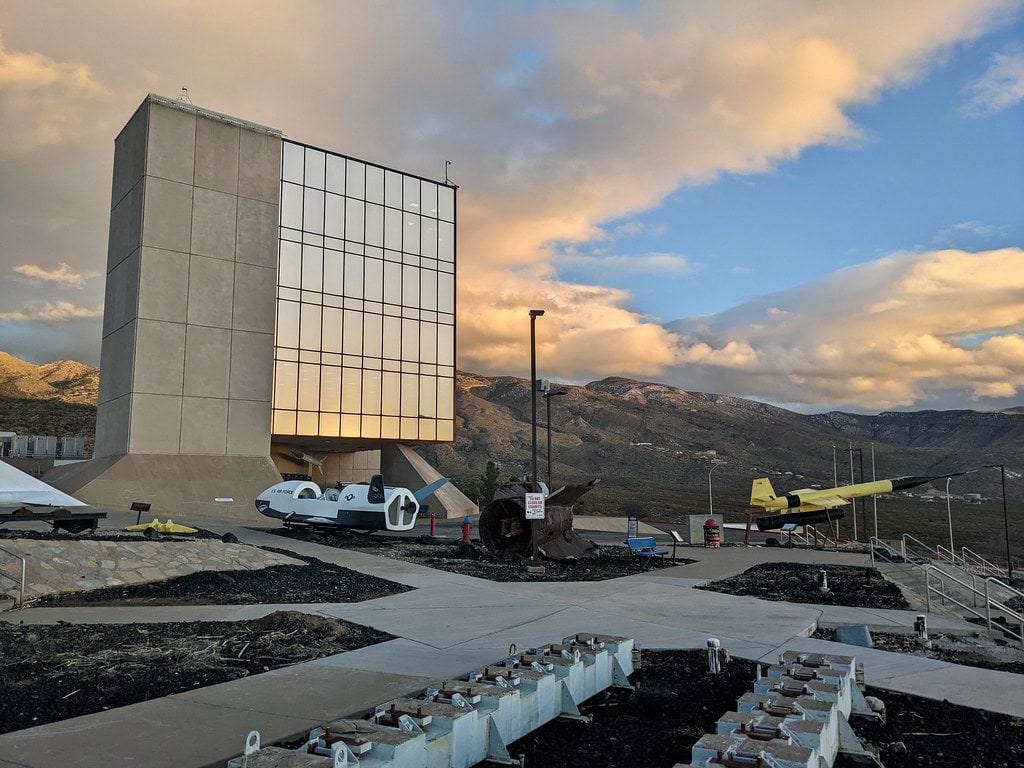
Educational Programs and Events
The Museum of Space History is a place of history and a hub of learning and community engagement.
The New Mexico Space Academy Summer Camp started in 1986, aims to inspire the next generation of scientists and engineers, focusing on rocketry, space science, space history, and astronomy.
The camp offers hands-on experiences and activities, providing a fun and engaging way for children to learn about space exploration.
The museum also functions as a storehouse for materials related to Spaceport America, a commercial spaceport near Upham.
This partnership underscores the museum's commitment to preserving and showcasing the ongoing advancements in space exploration.
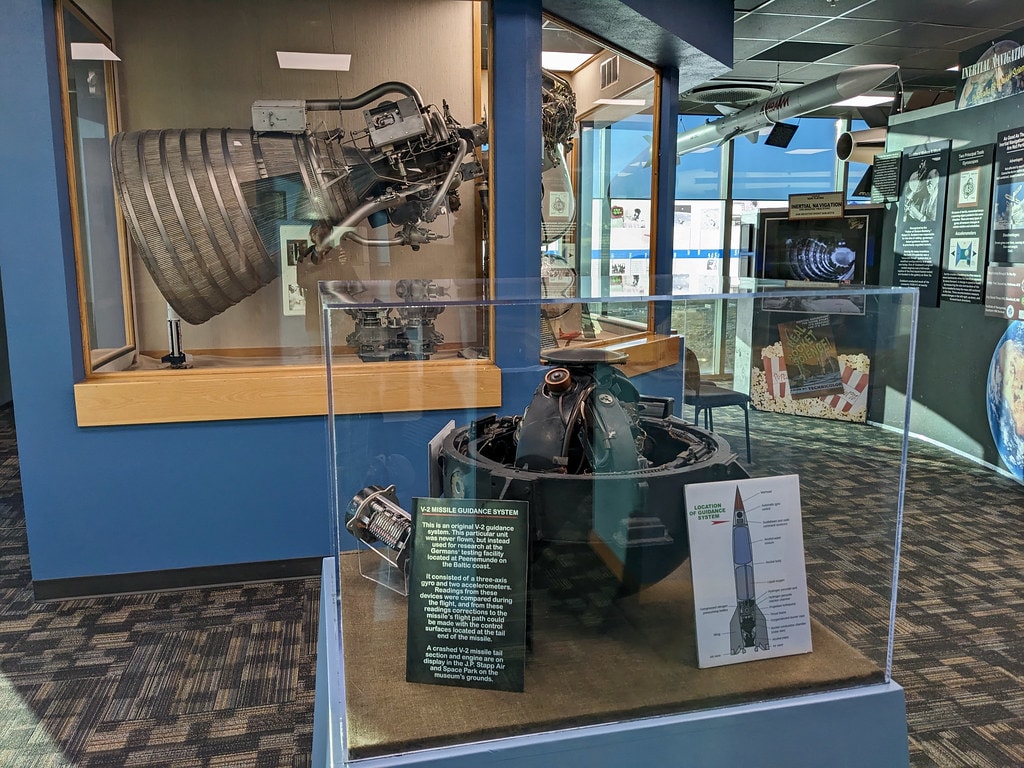
Every year, the museum puts on a large fireworks show on July 4, a community event that is visible all over the city and offers museum members a special viewing from the museum grounds.
This event, along with others like the annual Space Festival and the monthly Launch Pad Lecture Series, helps to foster a sense of community and shared interest in space exploration.
Recent Developments and Future Plans
The Museum of Space History continues to evolve and adapt to the changing times. The John P. Stapp Air and Space Park is temporarily closed for landscaping renovations.
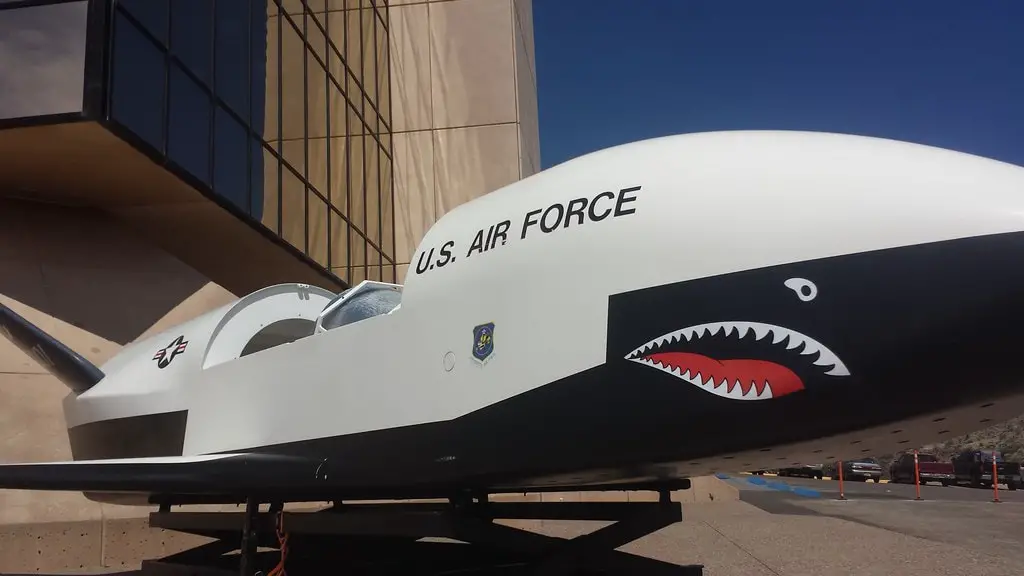
This renovation project is part of the museum's ongoing efforts to improve visitor experiences and ensure its exhibits and facilities remain up-to-date and engaging.
Recent news also highlighted the passing of Apollo 7 Astronaut Walter Cunningham and Aerospace Legend Colonel Joe Kittinger, who significantly contributed to space exploration.
Their stories are part of the rich tapestry of space history the museum seeks to preserve and share.
Looking ahead, the museum has plans for further renovations and new exhibits, ensuring that it remains a vibrant and relevant institution for space history and education.
These plans include the addition of recent exhibitions, upgrades to existing displays, and the development of new educational programs.
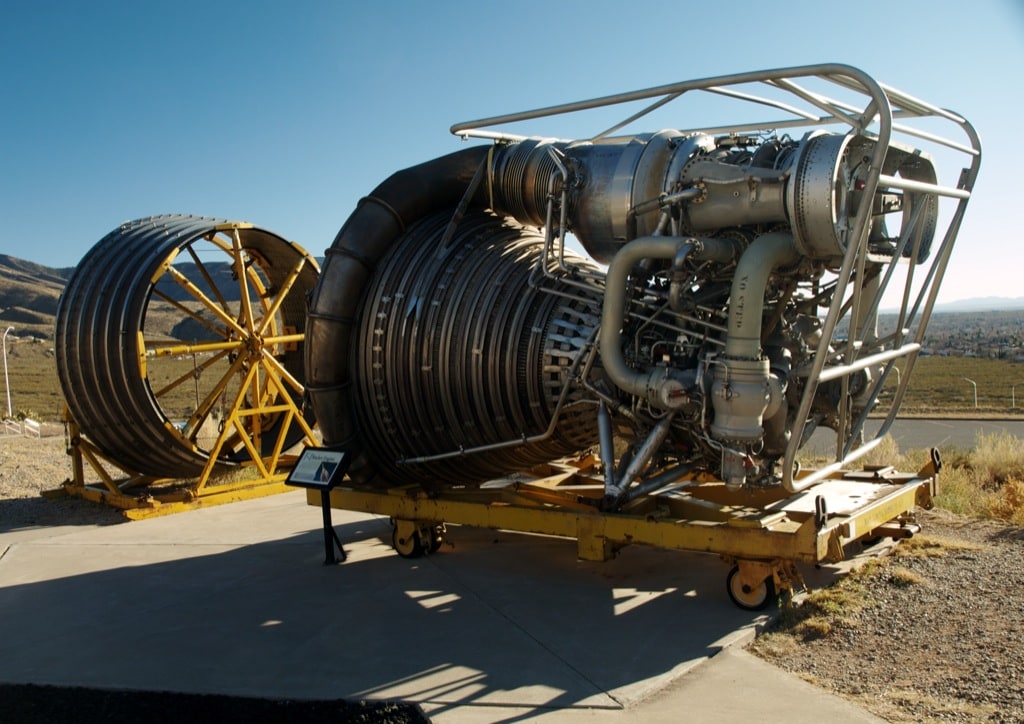
Conclusion
The New Mexico Museum of Space History is more than just a museum.
It is a testament to humankind's quest for knowledge, a tribute to the pioneers of space exploration, and a beacon of inspiration for future generations.
It invites us all to look at the stars and dream of what might be possible.
